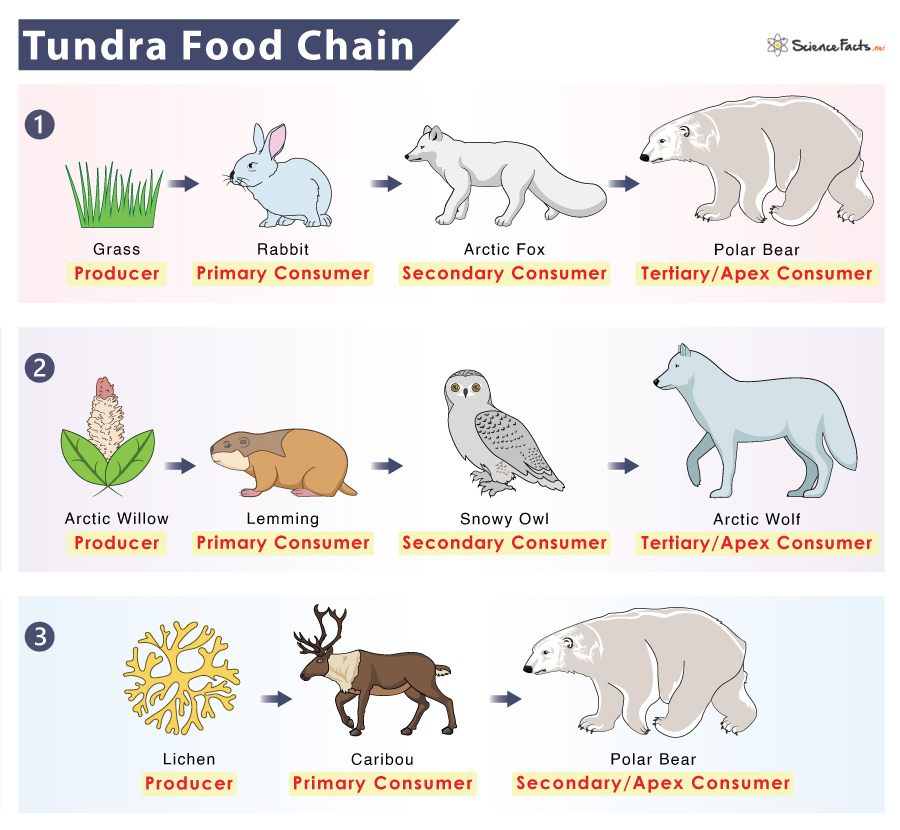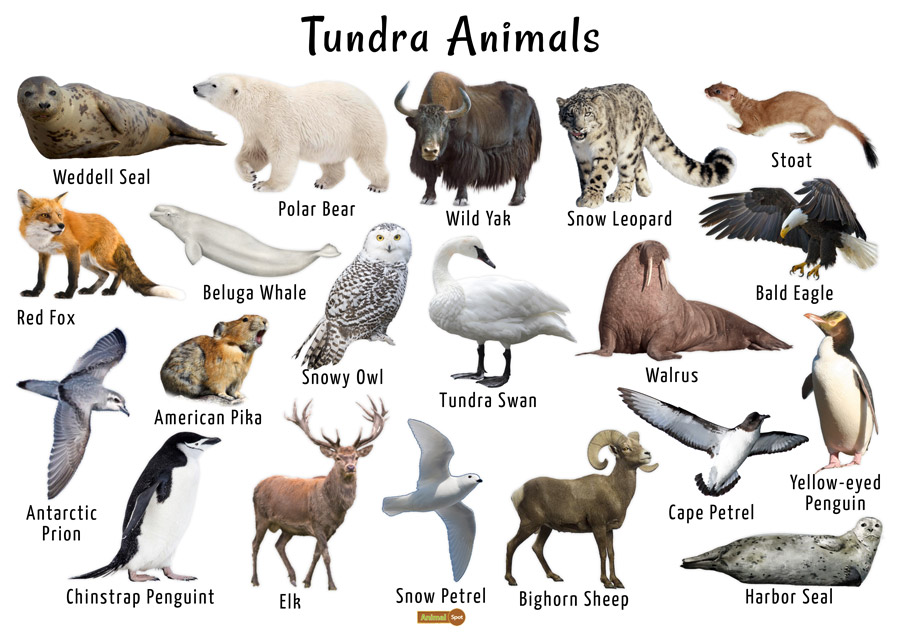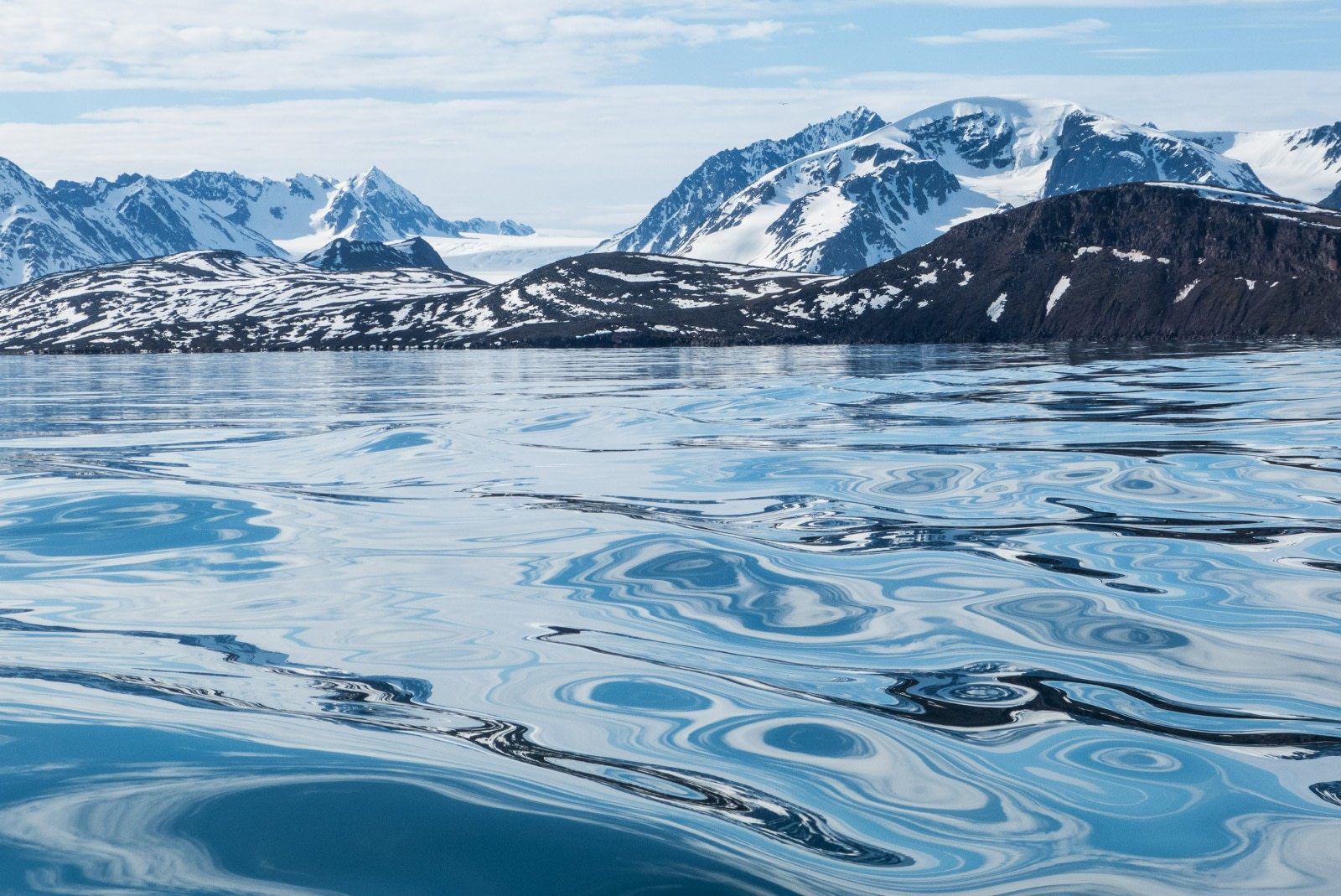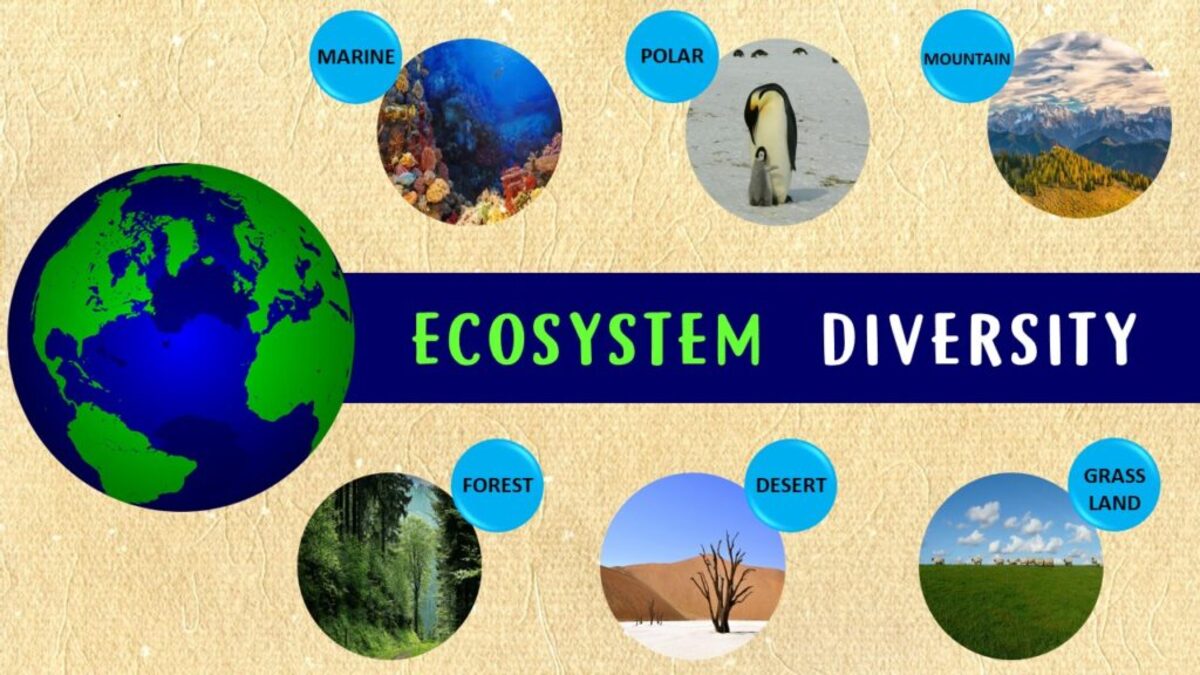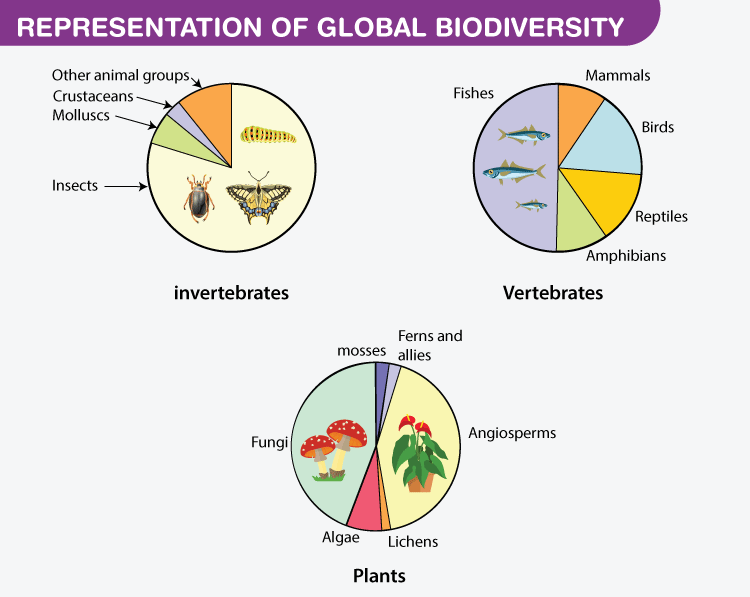Topic mangrove forest ecosystem services: Discover the invaluable benefits of mangrove forest ecosystem services, a cornerstone for environmental sustainability and community resilience against climate change.
Table of Content
- What are the ecosystem services provided by mangrove forests?
- Importance of Mangrove Ecosystems
- Provisioning Services: Food, Timber, and More
- Regulating Services: Climate Control and Water Purification
- Supporting Services: Biodiversity and Habitat Provision
- Cultural Services: Recreation, Education, and Spiritual Values
- Carbon Sequestration and Climate Change Mitigation
- YOUTUBE: Mangroves
- Coastal Protection and Erosion Control
- Economic Value and Livelihood Support for Communities
- Challenges and Threats to Mangrove Ecosystems
- Conservation Strategies and Sustainable Management
- Future Research Directions and Policy Implications
What are the ecosystem services provided by mangrove forests?
Mangrove forests provide a range of ecosystem services that are crucial for both the environment and human communities. These services include:
- Carbon Sequestration: Mangroves are highly effective at storing and sequestering carbon dioxide, helping to mitigate climate change by reducing greenhouse gas emissions.
- Coastal Protection: The dense root systems of mangroves act as a natural barrier, reducing the impact of waves and storm surges, thus protecting coastal areas from erosion and flooding.
- Biodiversity Support: Mangrove forests serve as important habitats for a variety of species, including fish, birds, and marine invertebrates. They provide food, shelter, and breeding grounds for many organisms, contributing to overall biodiversity.
- Nutrient Cycling: Mangroves play a vital role in nutrient cycling, filtering and retaining sediments, preventing them from entering coastal ecosystems. They also trap and recycle nutrients, enriching the surrounding waters.
- Water Filtration: The dense root systems of mangroves act as filters, trapping pollutants and sediments before they reach coral reefs and other sensitive ecosystems. This helps improve water quality and maintain the health of marine habitats.
- Economic Benefits: Mangrove forests support local economies through various means, including providing a source of timber, firewood, and non-timber forest products for communities. They also offer opportunities for tourism, recreation, and employment.
These ecosystem services demonstrate the importance of mangrove forests and highlight the need for their conservation and sustainable management.
READ MORE:
Importance of Mangrove Ecosystems
Mangrove forests play a pivotal role in maintaining the ecological balance and supporting the livelihoods of coastal communities. These unique ecosystems, located at the interface between land and sea, offer a multitude of services that are vital for both the environment and humans.
- Natural Defense: Mangroves act as a natural buffer, protecting coastlines from erosion, storms, and rising sea levels.
- Biodiversity Hotspots: They provide a habitat for a wide variety of marine and terrestrial species, including many endangered and commercially important species.
- Carbon Sink: Mangroves are highly effective at sequestering carbon dioxide, making them crucial in the fight against climate change.
- Water Quality: They help maintain water quality by filtering pollutants and trapping sediments from runoff, thus protecting coral reefs and seagrass beds.
- Supports Livelihoods: Many communities depend on mangroves for resources such as wood, medicinal plants, and fish, which are foundational for their economy and way of life.
Understanding and preserving mangrove ecosystems is essential for sustainable development, disaster risk reduction, and climate change mitigation. Their importance cannot be overstated, as they contribute significantly to the health of the planet and the well-being of millions of people globally.

Provisioning Services: Food, Timber, and More
Mangrove forests are not just ecological powerhouses; they are also incredibly generous providers, offering a wealth of resources that support human life and economic activities.
- Food Sources: Mangroves are critical nurseries for fish and shellfish, supplying a significant portion of the seafood that feeds coastal populations around the world.
- Timber and Fuelwood: The wood from mangrove trees is highly valued for construction and as fuelwood, thanks to its resistance to rot and insects.
- Medicinal Resources: Many mangrove species harbor medicinal compounds used in traditional remedies and are being researched for pharmaceutical applications.
- Non-Timber Products: Mangroves also provide non-timber products such as honey, beeswax, and tannins used in leather production.
These provisioning services are essential for the livelihoods of countless communities, highlighting the need for sustainable management and conservation of mangrove ecosystems to ensure these resources remain available for future generations.
Regulating Services: Climate Control and Water Purification
Mangrove forests contribute significantly to the regulation of our planet"s climate and the purification of water, underscoring their critical role in environmental health and human well-being.
- Carbon Sequestration: Mangroves excel at capturing and storing carbon dioxide from the atmosphere, mitigating the effects of global warming by acting as potent carbon sinks.
- Temperature Regulation: By providing shade and releasing water vapor through transpiration, mangroves help moderate temperatures in coastal areas.
- Water Purification: Mangroves act as natural filters, removing pollutants, heavy metals, and sediments from water, thereby improving water quality and clarity for coral reefs and seagrass habitats.
- Storm Protection: The dense root systems of mangrove forests absorb and dissipate storm surge energy, protecting coastal communities from hurricanes, typhoons, and other severe weather events.
- Flood Control: Mangroves regulate water flow and storage, reducing the risk and severity of flooding in coastal regions.
The regulating services provided by mangroves are invaluable, not only for maintaining ecological balance but also for safeguarding human communities against the adverse effects of climate change and environmental degradation.
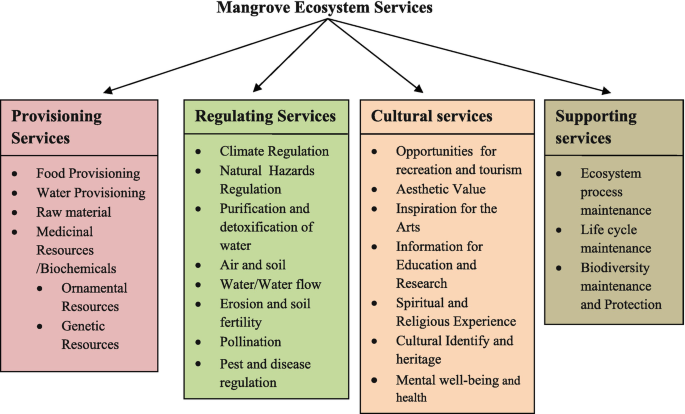
Supporting Services: Biodiversity and Habitat Provision
Mangrove forests are crucial for supporting biodiversity and providing habitats for a myriad of species, playing a key role in the ecological dynamics of coastal environments.
- Nurseries for Marine Life: Mangroves serve as nurseries and breeding grounds for numerous fish and invertebrate species, contributing to the richness of marine biodiversity.
- Habitat for Wildlife: These forests offer shelter and food for a variety of wildlife, including birds, mammals, and reptiles, some of which are endangered or have significant ecological roles.
- Genetic Diversity: Mangroves contribute to genetic diversity, providing a gene pool that is essential for species adaptation and resilience to environmental changes.
- Linkages Between Terrestrial and Marine Ecosystems: Mangroves act as a critical bridge between land and sea, facilitating nutrient exchange and supporting a complex web of life.
The supporting services of mangroves underscore their importance in maintaining ecological balance, supporting a rich diversity of life, and ensuring the health and sustainability of coastal ecosystems.
Cultural Services: Recreation, Education, and Spiritual Values
Mangrove forests enrich our lives beyond their ecological and economic contributions, offering unique cultural services that foster recreation, education, and spiritual well-being.
- Eco-Tourism and Recreation: Mangroves attract tourists seeking nature-based activities such as kayaking, bird watching, and photography, promoting appreciation for natural beauty and biodiversity.
- Educational Value: They serve as outdoor classrooms for students and researchers to learn about ecology, conservation, and the importance of biodiversity, inspiring the next generation of environmental stewards.
- Spiritual and Aesthetic Appreciation: Many cultures hold mangroves in high regard for their beauty and tranquility, offering spaces for reflection, meditation, and connection with nature.
- Cultural Heritage: For indigenous and local communities, mangroves are part of their cultural heritage, playing a role in traditional practices, stories, and livelihoods.
Through these cultural services, mangrove forests contribute to the social fabric and well-being of communities, highlighting the need to preserve these ecosystems for their invaluable non-material benefits.
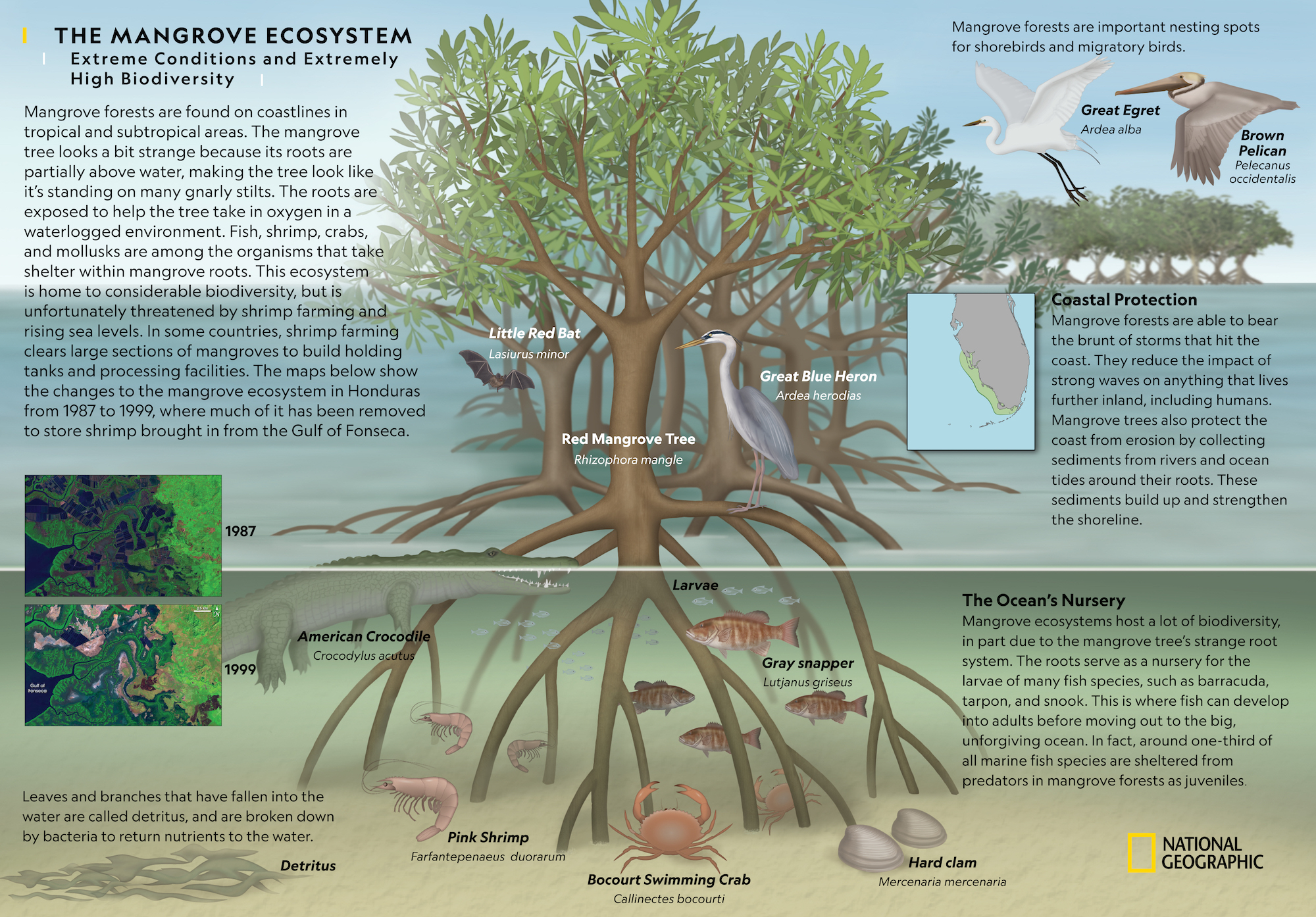
Carbon Sequestration and Climate Change Mitigation
Mangrove forests stand at the forefront of the battle against climate change, offering critical services in carbon sequestration and climate change mitigation through their unique ecological functions.
- High Carbon Storage Capacity: Mangroves store more carbon per unit area than most tropical forests, capturing it in both their biomass and the soil beneath them, thus reducing the amount of CO2 in the atmosphere.
- Long-term Carbon Sequestration: The dense mud and soil of mangrove forests trap carbon for centuries, making them an invaluable carbon sink in efforts to mitigate climate change.
- Reduction of Greenhouse Gas Emissions: By preserving and restoring mangrove ecosystems, we prevent the release of stored carbon, significantly reducing greenhouse gas emissions.
- Enhancing Resilience to Climate Change: The carbon sequestration capabilities of mangroves contribute to global climate regulation, helping to stabilize local climates and increase resilience to climate change impacts.
The role of mangrove forests in carbon sequestration and climate change mitigation is a powerful testament to their environmental importance, emphasizing the need for their protection and sustainable management.
Mangroves
\"Discover the mesmerizing beauty and importance of mangroves in this captivating video. Immerse yourself in the lush greenery, learn about their unique role in coastal protection and biodiversity, and prepare to be amazed by the wonders of mangrove ecosystems.\"
Mangrove Ecosystem Services
\"Unveil the hidden treasures of ecosystem services in this eye-opening video. Dive into the world of nature’s gifts, from air and water purification to climate regulation and beyond. Witness the invaluable benefits our ecosystems provide and gain a newfound appreciation for their remarkable services.\"
Coastal Protection and Erosion Control
Mangrove forests are natural guardians of the coast, providing essential services in coastal protection and erosion control that safeguard land and lives against the forces of nature.
- Storm Surge Buffer: The dense root systems of mangroves dissipate wave energy, reducing the impact of storm surges and protecting coastal communities from severe weather events.
- Erosion Prevention: Mangrove roots help to stabilize shorelines, reducing erosion by trapping sediments and decreasing the power of waves and currents.
- Sea Level Rise Mitigation: As natural barriers, mangroves can adapt to rising sea levels, providing a dynamic defense that can mitigate the impacts of climate change on coastal zones.
- Protection of Coastal Infrastructure: By absorbing wave energy, mangroves protect coastal infrastructure such as roads, bridges, and buildings from damage caused by erosion and storms.
Their role in coastal protection and erosion control not only preserves the natural landscape but also reduces the economic costs associated with storm damage and land loss, highlighting the critical need for their conservation.

Economic Value and Livelihood Support for Communities
Mangrove forests contribute significantly to the economic well-being and livelihood support for communities around the globe, underscoring their value beyond mere ecological services.
- Source of Income: Fisheries, ecotourism, and harvesting of mangrove products provide vital income sources for local populations, supporting millions of livelihoods.
- Food Security: The role of mangroves in supporting fisheries ensures food security for coastal communities, offering a sustainable source of protein and nutrition.
- Job Creation: Ecotourism and sustainable mangrove management practices create jobs, contributing to the economic stability of local communities.
- Market Value of Mangrove Products: Products derived from mangroves, such as honey, timber, and medicinal extracts, have significant market value and contribute to the local economy.
- Risk Reduction: By providing natural protection against storms and erosion, mangroves help avoid loss of property and reduce the need for costly infrastructure projects.
The economic value of mangrove forests and their role in supporting community livelihoods are immense, highlighting the importance of integrating mangrove conservation into sustainable development strategies.
Challenges and Threats to Mangrove Ecosystems
Mangrove ecosystems face numerous challenges and threats that jeopardize their survival and the myriad benefits they offer to humanity and the planet.
- Deforestation and Land Conversion: Mangroves are being cleared at an alarming rate for urban development, agriculture, shrimp farming, and other land uses, leading to significant habitat loss.
- Pollution: Industrial, agricultural, and urban runoff introduce pollutants and toxins into mangrove waters, adversely affecting both the mangroves and the species that rely on them.
- Climate Change: Rising sea levels, increased temperature, and changing rainfall patterns pose severe risks to the health and distribution of mangrove forests.
- Overexploitation: Unsustainable harvesting of wood, fish, and other resources leads to degradation of the ecosystem, reducing its ability to provide vital services.
- Invasive Species: The introduction of non-native species can disrupt the delicate ecological balance, outcompeting native mangrove species and altering habitat structure.
Addressing these challenges requires global cooperation, sustainable management practices, and policies that recognize the intrinsic value of mangrove ecosystems for biodiversity, climate regulation, and human well-being.

Conservation Strategies and Sustainable Management
To safeguard mangrove forests and ensure their continued provision of ecosystem services, effective conservation strategies and sustainable management practices are essential.
- Protected Areas: Establishing and enforcing protected areas to prevent deforestation and land conversion, ensuring mangrove ecosystems remain intact.
- Restoration Projects: Implementing mangrove restoration and reforestation projects to rehabilitate degraded areas, enhancing biodiversity and ecosystem services.
- Sustainable Use Practices: Promoting sustainable harvesting techniques and practices among local communities to balance resource use with conservation.
- Community Engagement: Involving local communities in conservation efforts, recognizing their role as stewards of mangrove ecosystems and their reliance on them for livelihoods.
- Policy and Legislation: Developing and enforcing laws and policies that protect mangroves, including regulations on land use, pollution, and resource exploitation.
- Climate Change Adaptation: Integrating mangrove conservation into climate change adaptation strategies to enhance coastal resilience and mitigate impacts.
- Research and Monitoring: Supporting scientific research to improve understanding of mangrove ecosystems and monitoring changes to inform management practices.
Through these strategies, we can ensure the conservation and sustainable management of mangrove forests, securing their benefits for future generations.
READ MORE:
Future Research Directions and Policy Implications
Advancing the conservation and sustainable management of mangrove forests requires focused research and policy development. Future efforts should aim to enhance our understanding and implementation of strategies that protect these vital ecosystems.
- Enhanced Understanding of Ecosystem Services: Conducting comprehensive studies to quantify the full range of services provided by mangroves, including less visible benefits such as mental health improvement through nature contact.
- Climate Change Impact Assessments: Researching the effects of climate change on mangrove ecosystems to develop adaptive management strategies that ensure their resilience and continued provision of ecosystem services.
- Economic Valuation: Further economic valuation of mangrove services to strengthen the case for conservation and sustainable use, highlighting their role in supporting economies and livelihoods.
- Policy Integration: Integrating mangrove conservation into broader environmental policy, land-use planning, and climate strategies to ensure a holistic approach to ecosystem management.
- Community-based Management: Exploring the effectiveness of community-led conservation initiatives, recognizing the importance of local knowledge and engagement in successful mangrove management.
- Technological Innovations: Leveraging technology for monitoring and restoration efforts, including satellite imagery for large-scale change detection and drones for planting mangrove seedlings.
- International Collaboration: Encouraging international cooperation in research and policy-making to address transboundary challenges and share best practices in mangrove conservation.
By focusing on these research directions and policy implications, we can better protect mangrove ecosystems, ensuring their ability to support biodiversity, combat climate change, and sustain human communities well into the future.
Embracing the myriad benefits of mangrove forest ecosystem services is essential for our planet"s health and human prosperity, urging us to protect these vital ecosystems for future generations.
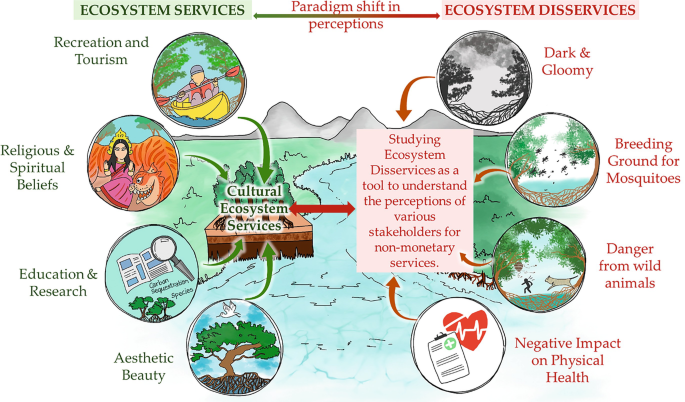

:max_bytes(150000):strip_icc()/tundra-58bf1be55f9b58af5cc29755.jpg)
:max_bytes(150000):strip_icc()/GettyImages-901482062-6470b1099c6a47a881f9a22d7bca0d0a.jpg)
